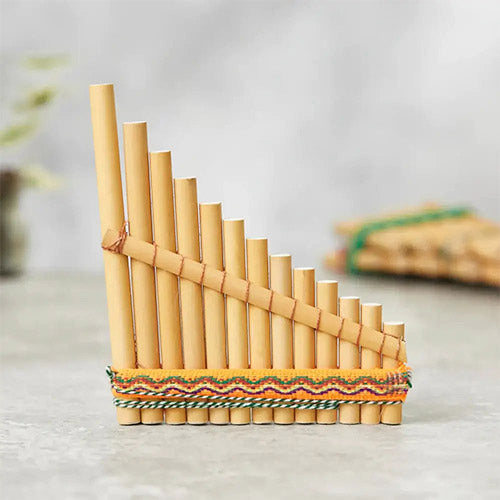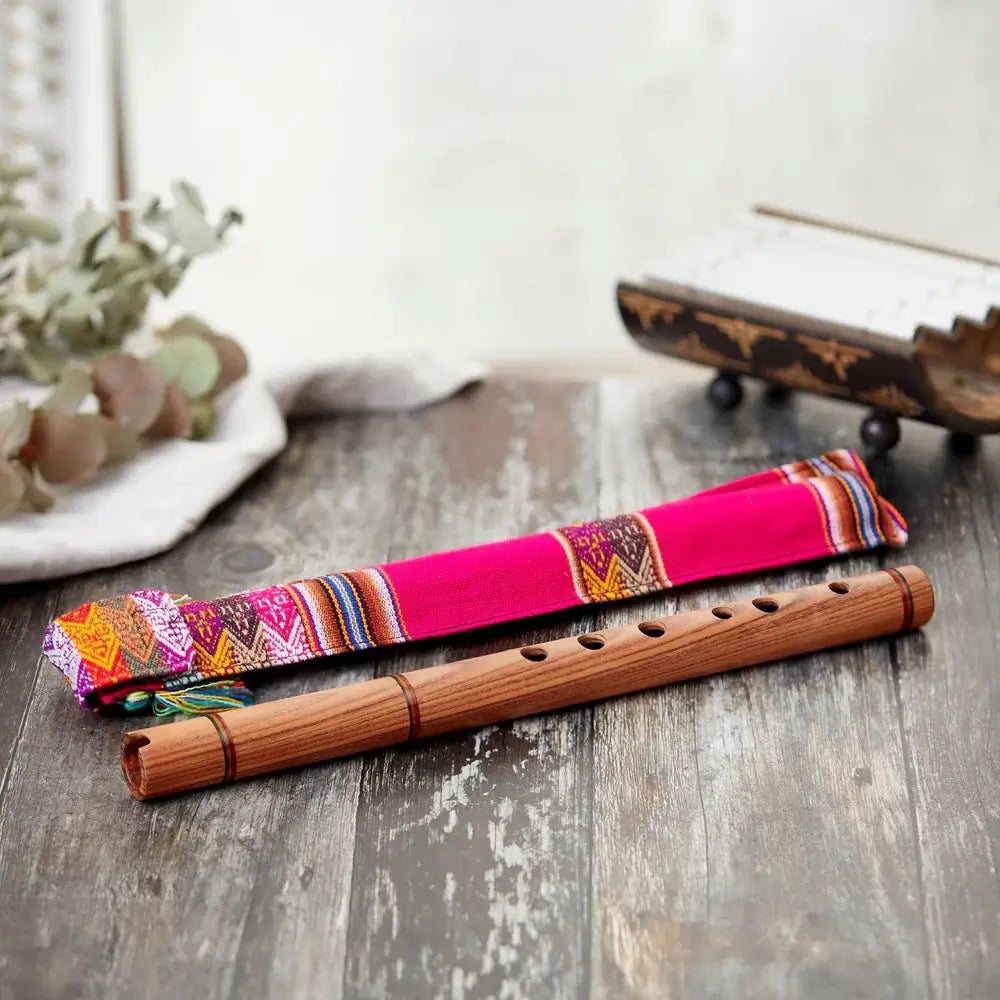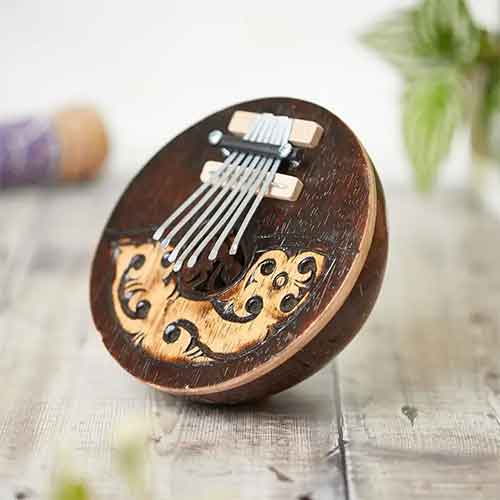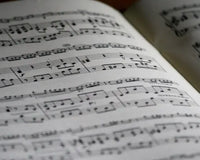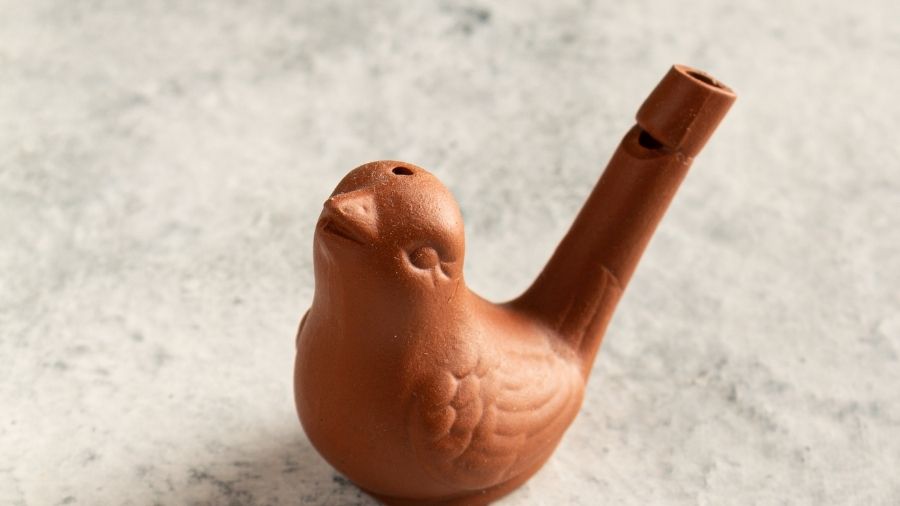With its design and sound, the saxophone has become a widely beloved wind instrument worldwide. Its popularity spans jazz clubs and orchestral performances to the top of the pop charts. Aspiring saxophonists may be aware that there are various types of saxophones available. Therefore, the question arises of how to determine which one to select.
The Origin of the Saxophone
Adolphe Sax, a Belgian instrument maker and inventor, invented the saxophone in 1846. Sax's concept was to merge the strength of brass instruments with the flexibility and swiftness achievable on woodwind instruments. His target was to use them in marching and military bands. He created a cone-shaped brass body to increase its volume, incorporated keys that provided the same skill as a flute and utilised a mouthpiece and reed configuration similar to a clarinet.
The saxophone, originally designed by its creator in seven different sizes, ranges from the high sopranino to the prominent contrabass saxophone. While all sizes were used in various musical styles, the four most popular were the soprano, alto, tenor, and baritone, which are still widely produced today. These saxophones are commonly found in jazz and concert bands and chamber music like saxophone quartets and are occasionally seen in orchestras.
The Structure of the Saxophone
The essential elements of all saxophones include the body, the neck (also known as the crook), and the mouthpiece/reed. The slim cane piece reed is connected to the mouthpiece using a metallic (or sometimes leather) cylinder known as the ligature.
By inhaling and then exhaling into the mouthpiece, the reed is set into vibration, producing a sound wave. The mouthpiece and the body are connected by the neck, which is essentially a metal tube with perforations. Most saxophones feature a curve at approximately two-thirds of the length, with the lower portion of the tube, also known as the 'bell', curving upwards once more. A key accompanies every aperture in the body of the saxophone. These keys enable the player to use their fingers to close and secure various holes while blowing, producing distinct notes.
The primary types of saxophone
While Adolphe Sax designed numerous saxophones of different sizes, only four types are commonly used today: soprano, alto, tenor, and baritone. Each saxophone size's construction and critical layout are identical, making it easy to switch between them.
Soprano Saxophone

The soprano saxophone is ideal for hobbyists and learners. This one is a high quality Yamaha construction that is suitable for intermediates. The benefits are that it is an affordable option for a professional-grade soprano saxophone and that it comes with a high-quality 4C mouthpiece and a convenient travel bag. The negatives are because of the lack of tonal complexity of fully-fledged professional models.
The soprano saxophone is the tiniest among the frequently used saxophones and produces the highest sound. The instrument is occasionally built with a curved bell, resembling the more widely used alto and tenor. Still, it is predominantly designed completely straightly, giving it a similar appearance to a metal clarinet.
While the soprano saxophone is less common than the alto and tenor saxophones, it is still used in various genres. Some notable recordings featuring the soprano saxophone are Sting's "Englishman In New York," John Coltrane's "My Favourite Things," and Ravel's "Bolero" from the orchestral genre. Learning to play soprano saxophones can be challenging, which is why most saxophonists begin with the alto or tenor saxophone before attempting it.
You can purchase the Soprano saxophone here.
Saxophone in a Higher Key (The Alto Sax)

The Alto sax is suitable for novices and poupils. It has an impressive pitch accuracy. The Yamaha YTS280 is an Alto Saxophone. The benefits of the Alto saxopohne is that it is suitable for individuals of all levels, ranging from beginners to those at the ABRSM grade 8 level. It comes with a convenient backpack-style case and a mouthpiece
The negatives are becuase the saxophone may be more expensive for a student's budget. The alto saxophone, alongside the tenor, is one of the most widely used saxophones. While the soprano is more petite, the alto typically features a curved bell at the bottom, although straight versions can be found.
The preferred musical instrument among pop artists is the alto sax, with alto saxophonists performing renowned solos in songs such as Gerry Rafferty's "Baker Street" (https://www.youtube.com/watch?v=Fo6aKnRnBxM) and Billy Joel's "Just The Way You Are" (https://www.youtube.com/watch?v=HaA3YZ6QdJU).
The alto saxophone can perform a wide range of music genres including classical, jazz, and rock. The smaller size of this saxophone makes it a popular option for younger beginners. This is because it is lighter than the more giant tenor saxophone, as mentioned in this review of the best professional tenor saxophones. As a result, it is easier for beginners to play for extended periods.
You can purchase the Alto Sax here.
Tenor Saxophone

The Tenor Sax is ideal for novices and beginners as it has an outstanding intonation. Suitable for both beginners and those up to ABRSM grade 8 level and it comes with a backpack-style case and mouthpiece included. On the other hand the tenor saxophone may be more expensive for a student. The b flat tenor saxophone resembles a more prominent alto saxophone; the main distinction is the gentle curve of the tenor's crook.
The tenor saxophone typically has a lower tone than the alto saxophone and is commonly used in rock and jazz, although it remains a flexible instrument. Songs such as "The Girl from Ipanema" (https://www.youtube.com/watch?v=c5QfXjsoNe4) and "The Pink Panther" (https://www.youtube.com/watch?v=lp6z3s1Gig0) feature talented tenor saxophonists.
You can purchase the Tenor Saxophone here.
Baritone Saxophone

The Baritone saxophone has an Impressive tuning accuracy and is perfectly suited to professional and beginners. Complete baritone vocal range spanning from low A to high F sharp. The baritone is priced fairly and comes with a generous amount of accessories are included as part of the standard package.
The negatives are that it does not possess the same tone and intonation as a complete professional model. The baritone saxophone is the biggest among the commonly used saxophone types, producing the most profound sound. The tube must be more curved than the other types to ensure portability. As a result, the baritone version has a significantly elongated bell at the base and an intricately twisted neck at the top.
The baritone saxophone is not as widely used as a solo instrument compared to the alto or tenor saxophone. However, it is commonly included in big bands and has gained recognition through its appearance on famous tracks such as this incredible rendition of "Moanin" (https://www.youtube.com/watch?v=r52wsQ8gTYo). It should also be noted that Lisa Simpson plays the baritone saxophone.
You can purchase the baritone saxophone here.
The role of the saxophones across different music genres
Saxophonists are present in a wide range of musical genres. While jazz is traditionally considered the saxophone's natural habitat, it also fits well with rock and pop music. The use of saxophone in classical music is rising, offering a more comprehensive selection of exceptional pieces for soloists and group performers. The saxophone is known for its remarkable versatility. Modifications to its technique, mouthpiece, and reeds enable the creation of a wide array of unique sounds, making it suitable for a variety of musical genres.
There are various kinds of Saxophones.
The saxophone is an incredibly satisfying instrument for mastering and has the potential to open doors to unique musical opportunities across various genres. When choosing a saxophone, consider your age, level of experience, and tonal preferences. With careful thought, you can find an instrument that will bring you enjoyment for years.
The best saxophone for young beginners
The Trevor James alto saxophone which is known as 'The Horn' has many benefits. For starters, it is a new instrument is at an affordable price and comes with an accompanying case that is durable and well-made. The negatives are that the instrument doesn't perform as effectively as some of the other student-level instruments. The ideal saxophone for a child to begin with is typically the alto. It is lighter than the tenor and more accessible to become familiar with than the soprano. Moreover, it offers a solid foundation for learning the basics. It is not uncommon for students to initially begin playing the alto saxophone and then switch to a different type of saxophone later on if they find it more appealing as they get older. You can purchase the horn saxophone here.


